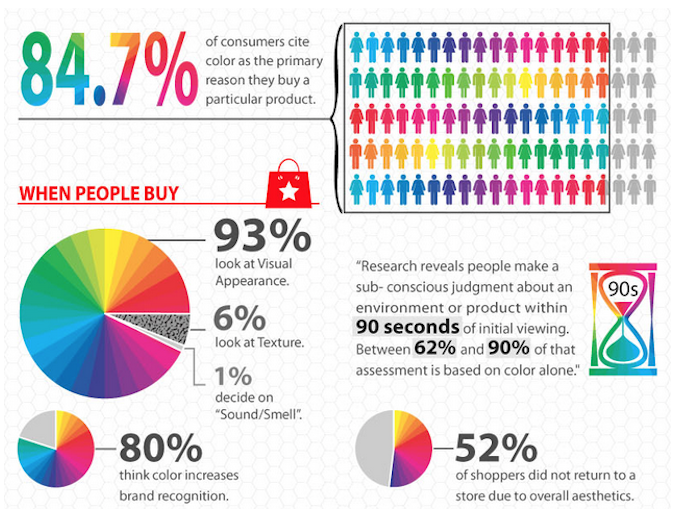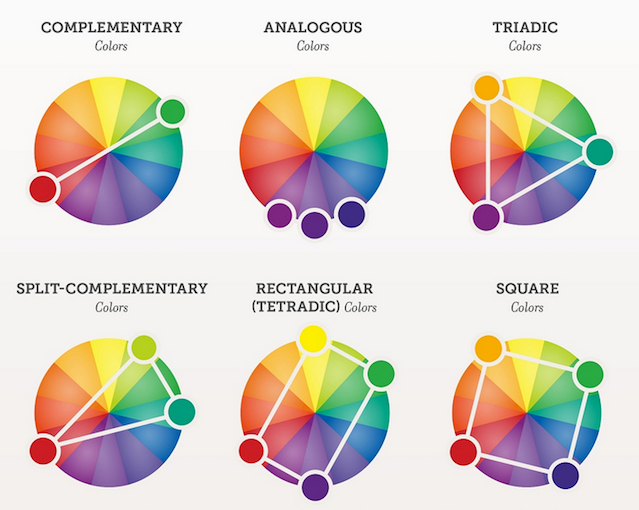Neutral tones integral in staging a home for sale
93% of purchasing decisions are based on appearances
Advertisement
93% of purchasing decisions are based on appearances
 Still, most psychologists view colour (and colour therapy) with skepticism—stating that the effects of colour are often grossly exaggerated. Zena O’Connor, a faculty member in the Department of Architecture, Design, and Planning at the University of Sydney, suggests that people should be wary of many of the claims they see about the psychology of colour. She and her colleagues argue that the research showing the mood-altering effects of colour also shows that this impact is only temporary. While a blue room may initially cause feelings of calm that feeling dissipates after a short period of time.
Yet, researchers continue to study the impact of visual appearance on buying behaviour and the impact colour has on our day-to-day actions. The results are interesting, if not conclusive. For instance, there is anecdotal evidence to suggest that installing blue-coloured streetlights can lead to a reduction in crime. Also, one study shows that the temperature and environment will influence the effect colour has on a person. For example, if the outside climate is warm, then people tend to prefer cool colours, however if it’s a colder climate, then we gravitate towards warmer colours.
For home sellers, the takeaway is to pay attention to home staging and to colour—but don’t suddenly assume that a fresh coat of paint will wash away decades of neglect. Focus on creating the best visual representation of your home this could include decluttering as well as redecorating using neutral tones—warmer tones if you’re selling in colder months, and colder tones if selling in the warmer months.
Need a bit of help choosing a colour scheme? Consider Retail Content Strategist, Humayun Khan‘s advice. On his Shopify.com blog post he offers seven methods used by designers and artists for choosing a colour scheme.
Still, most psychologists view colour (and colour therapy) with skepticism—stating that the effects of colour are often grossly exaggerated. Zena O’Connor, a faculty member in the Department of Architecture, Design, and Planning at the University of Sydney, suggests that people should be wary of many of the claims they see about the psychology of colour. She and her colleagues argue that the research showing the mood-altering effects of colour also shows that this impact is only temporary. While a blue room may initially cause feelings of calm that feeling dissipates after a short period of time.
Yet, researchers continue to study the impact of visual appearance on buying behaviour and the impact colour has on our day-to-day actions. The results are interesting, if not conclusive. For instance, there is anecdotal evidence to suggest that installing blue-coloured streetlights can lead to a reduction in crime. Also, one study shows that the temperature and environment will influence the effect colour has on a person. For example, if the outside climate is warm, then people tend to prefer cool colours, however if it’s a colder climate, then we gravitate towards warmer colours.
For home sellers, the takeaway is to pay attention to home staging and to colour—but don’t suddenly assume that a fresh coat of paint will wash away decades of neglect. Focus on creating the best visual representation of your home this could include decluttering as well as redecorating using neutral tones—warmer tones if you’re selling in colder months, and colder tones if selling in the warmer months.
Need a bit of help choosing a colour scheme? Consider Retail Content Strategist, Humayun Khan‘s advice. On his Shopify.com blog post he offers seven methods used by designers and artists for choosing a colour scheme.

Share this article Share on Facebook Share on Twitter Share on Linkedin Share on Reddit Share on Email